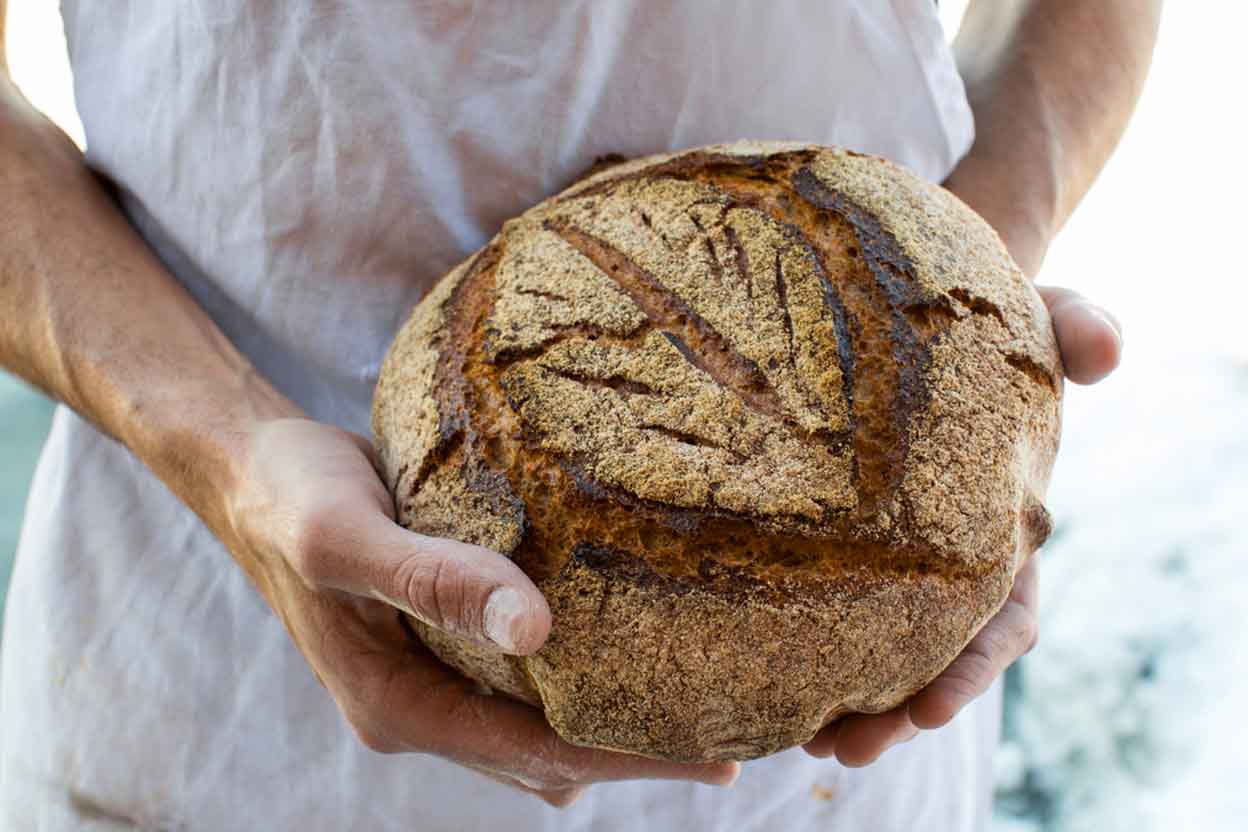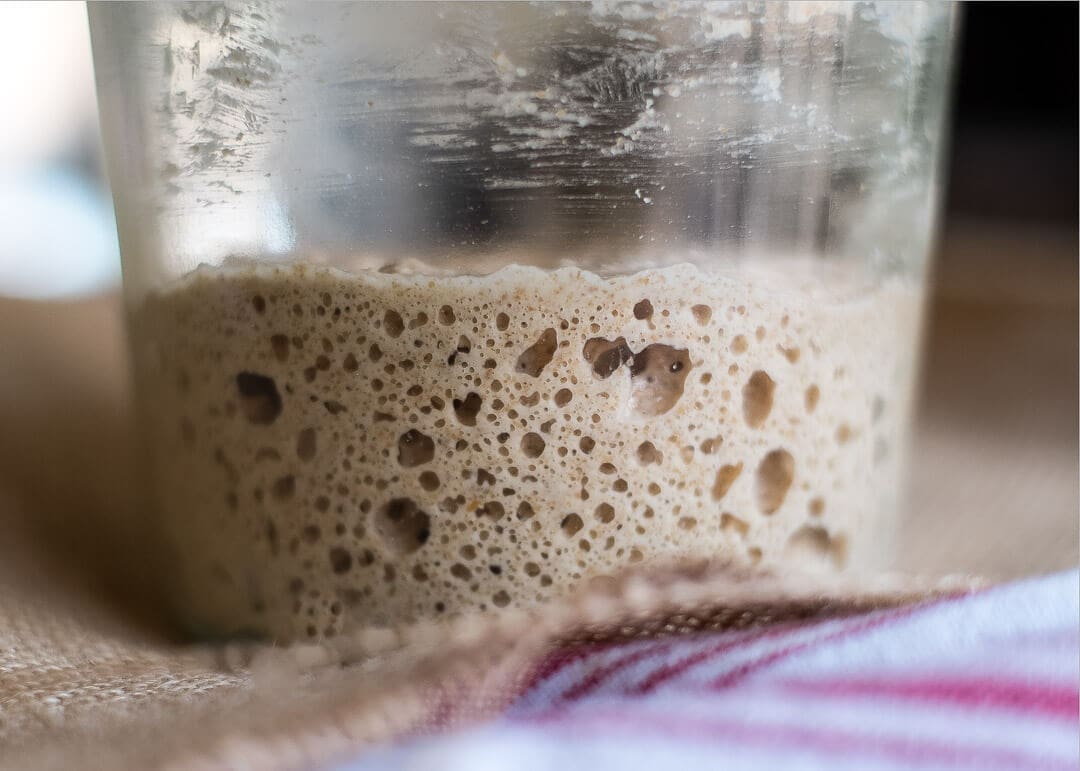Thank you for your response. I actually added 1/4 cup vital wheat gluten to 3 1/2 cups of flour, so I thought that that would be enough. the dough comes out too wet, so not sure that needing more hydration applies here. I should also say that I use a bread machine to knead the dough before doing another proof in the oven and then bake in a steam oven.
there’s no such thing as too wet with all whole wheat flour bread. Biggest mistake bakers make is under hydration. Standard for a whole wheat is is 100% hydration. It’s not uncommon for a advance baker to take it up 105% hydration.
A whole wheat loaf will always be lower in rise. And adding vital gluten is not going to do much. The bran is going to act as a razor and cut through the gluten network.
and if you’re using a bread machine you have no control over the kneading. Try making a sourdough loaf. And using the stretch and fold method. And use a blend of flours until you get the feel for it.
King Arthur flour has a recipe that uses freshly milled whole wheat and rye flour as well as they’re all purpose flour. Their education center is actually run by one of the best bread bakers in the country. A man by the name of Jeffrey Hammelman. He has A book titled, Bread A Bakers Book of Techniques and Recipe. It’s in the second edition. He’s definitely one of the most respected master bakers by other master bakers were bread is concerned. This is a no-frills book, there’s only a a few pictures in the center of the book. This is about reading and learning about bread. It’s not about being entertained.
Recipe
A crusty whole-grain loaf made with freshly milled flour.

www.kingarthurflour.com
For a step by step tutorial on creating a sourdough starter go over to the perfect loaf.
Just follow these steps and you’ll have perfect sourdough starter.
A step-by-step guide to making an incredible sourdough starter from scratch in 7 easy steps. Start baking sourdough bread at home with a new yeast starter!

www.theperfectloaf.com



